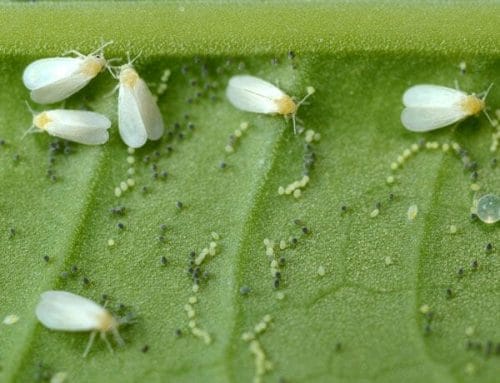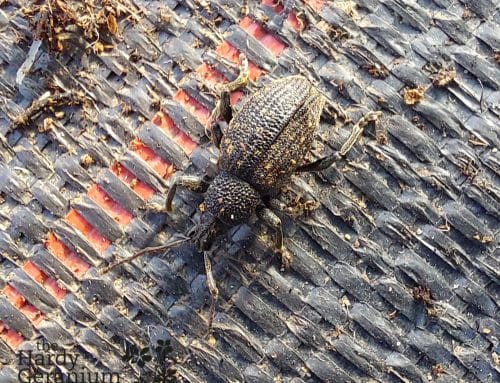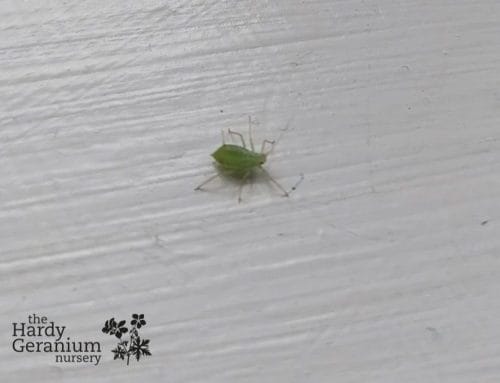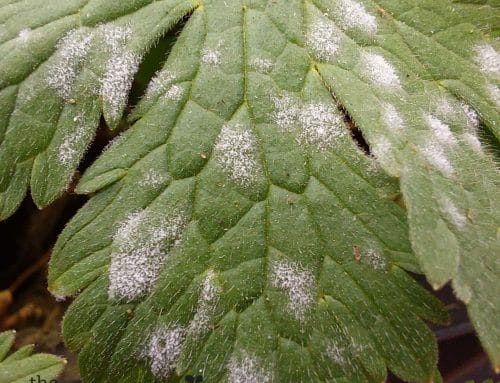You probably recall the occurrence of Ash dieback disease (Hymenoscyphus fraxineus), which also originated on the continent and became present in the UK after infected tree stocks were imported. Over the last year or so you may have heard about a disease spreading throughout the continent called Xylella or Xylella fastidiosa to give it its name in full, unfortunately there is again a real risk to plants here in the UK of being under attack from a foreign disease. Fortunately, governing bodies such as DEFRA and the APHA, Animal and Plant Health Agency, are ahead of the curve on this threat and are working hard to prevent this disease entering the UK by introducing stringent controls.
What you should know, in brief is:
– Defra have identified nine high risk host plants commonly found in UK gardens, these include Hebe, Lavender and Rosemary.
– If Xylella is discovered in the UK, all host plants within 100 metres would need to be destroyed with action needed across a much wider area.
– Don’t bring back plants or trees into the UK. Instead source them from a UK garden centre or supplier.
What is it?
Xylella is a pathogen that clogs a plants xylem (the tissue that moves water around the plant). When this happens drought-like symptoms will be caused. Symptoms of drought include wilting, die back and scorching of leaf tips. These symptoms can be caused by other factors such as other infections or even herbicide damage.
If you find any of your plants have these symptoms but the plant is well established and not recently purchased it is unlikely to be Xylella. If your plant is new look into where your plant has come from.
How is it spread?
The Xylella bacterium or pathogen is spread via a virus vector, this is where another organism can spread the virus without being affected by it themselves. In this case the virus vector is the nymph, the juvenile stage, of a frog hopper or spittlebug, you know the little creatures that create cuckoo spit. The nymphs are sap suckers and this is how the Xylella bacterium is transferred to the plant.
Essentially frog hopper nymphs are not generally detrimental to plants, of course if Xylella does make it into the UK we will need to be extra vigilant. Please read and familiarise yourself with the DEFRA fact sheet.
If you are concerned please get in touch with DEFRA, the APHA or the RHS, take pictures but don’t send samples!
Further information:
Information from the UK Plant Health Portal
“Xylella fastidiosa: EU controls
Xylella fastidiosa, a bacterial disease, represents a serious threat to plants in the UK. We are working to stop the spread of this disease and plant health authorities in the UK and elsewhere are keeping a close watch for it.
Xylella has not yet been found in the UK, but it has recently affected olive trees in Italy, and a range of trees and plants in areas of Spain and France. Plants in North and South America are being damaged by the disease.
Everyone in a horticultural business, or who moves, or imports affected plants, must comply with strict conditions imposed under EU legislation. These affect ‘specified plants’ (which includes the confirmed hosts of Xylella fastidiosa in the EU and further afield).
There are:
- Controls on importing these plants into Europe from non-EU countries.
- Controls on moving these plants from those parts of the EU where it is has been detected.
- New requirements for all ‘host plants’ being moved between businesses to be from premises that are officially inspected on an annual basis, with testing of symptomatic plants, in addition to being accompanied by a plant passport.
Extra requirements, from 1 March 2018, for a sub-set of ‘host plants’ to be from officially inspected sites and systematically tested using a statistically based sampling system, irrespective of whether they show symptoms – these include Coffea, Lavandula dentata, Nerium oleander, Olea europaea, Polygala myrtifolia and Prunus dulcis.
From 9 October 2018, Polygala myrtifolia plants moved from production sites must be officially visually inspected and sampled as close to the time of movement as possible.”
APHA, August 2018
Further Listening:
Featured topic on Radio 4’s Gardeners Question Time, Worplesdon episode.
Pippa Greenwood meets Gerard Clover, Heat of Plant Health at the RHS, to find out the latest on the olive tree killer, Xylella fastidiosa.
https://www.bbc.co.uk/programmes/m000fq4k
Further Reading:




